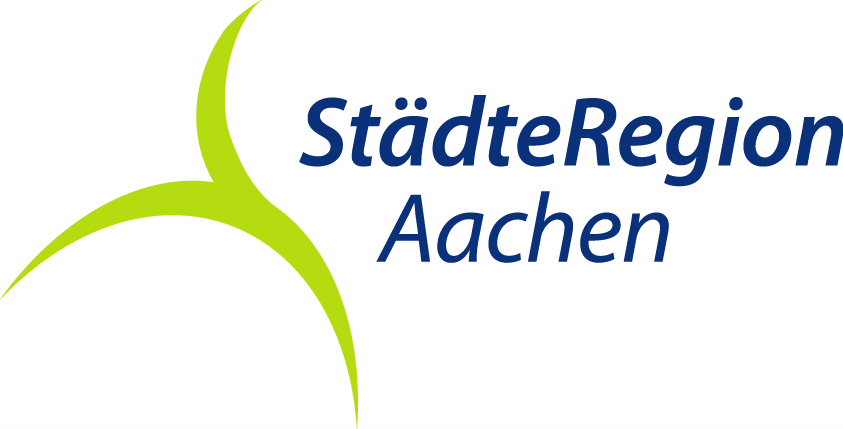GrenzRoute 3: Bleyberg - Eisenbahn und Bergbau im Göhltal
Plombières
The border route begins in Plomières/Bleyberg. The name of the village in the Göhl valley goes back to the mines that were operated here, where lead was mined from the middle of the 14th century until 1922. Today, most of the site of the former mine is a nature reserve. The route initially leads north, past Gemmenich.
Just under halfway through the hike, you reach the border triangle where the borders of the Netherlands, Belgium and Germany meet. With around 800,000 visitors a year, the town has become an attraction for tourists. At 322.5 meters above sea level, it is also the highest point in the Netherlands on the mainland and stands for the historical similarities and connections between the inhabitants of the three-country region. From the Dreiländerpunkt, you can see the dead straight border of the former dwarf state as a clear swathe through the forest.
The sound of rolling trains can always be heard from the valley around the Dreiländereck - the line between the Montzen goods station and Aachen is very busy. The railroad line passes under the hill of the Dreiländerpunkt in the 870-metre-long Gemmenicher Tunnel. After the Second World War, both the tunnel and the trains running through it were used for smuggling.
From the three-country point, the route continues through wooded areas towards Moresnet-Chapelle. The quiet place of pilgrimage with its famous
Calvary lies on the pilgrimage route to Santiago de Compostela. A few kilometers south of Moresnet-Chapelle lies the actual village of Moresnet. The village, in the center of which lies St. Remigius Church, was first mentioned in 888. Moresnet was home to at least three manor houses in earlier centuries: Schimper Castle, Alensberg Castle and Bempt Castle. They date back to the time when knightly families had their own small manors. Bempt Castle is the only surviving building from this period.
Following the course of the Göhl, the route leads from Moresnet back to Plombières, the start and finish of the border route.















